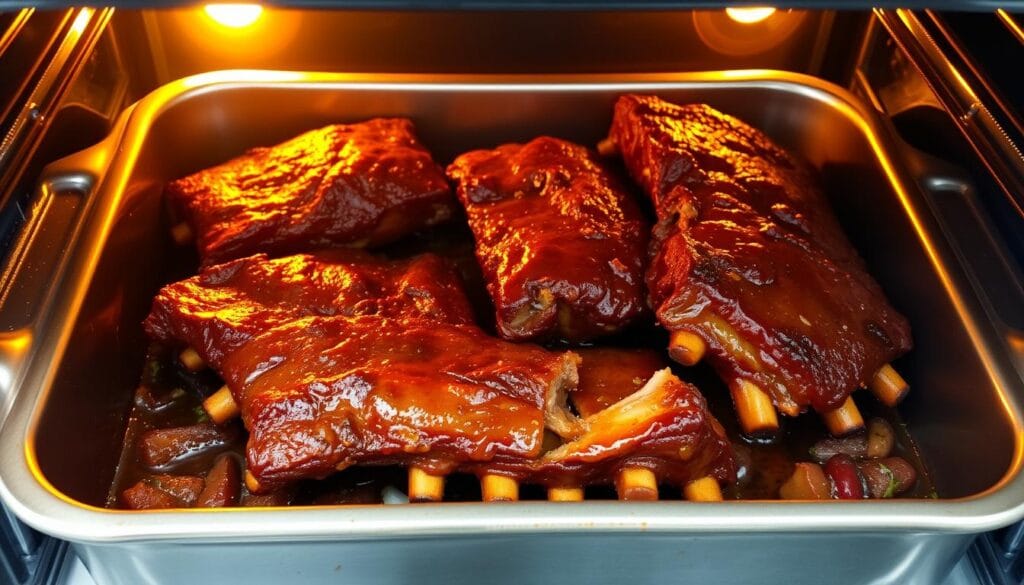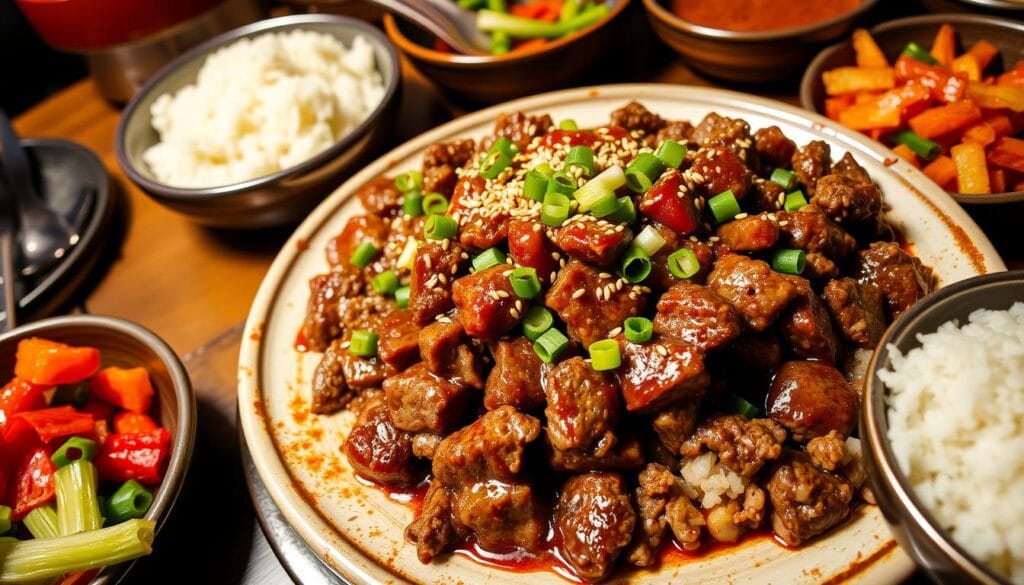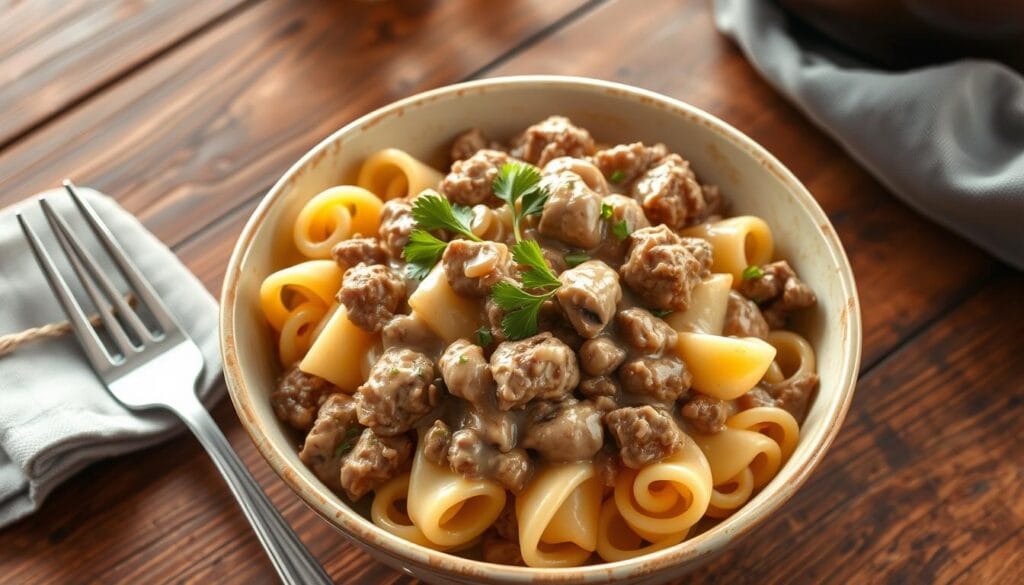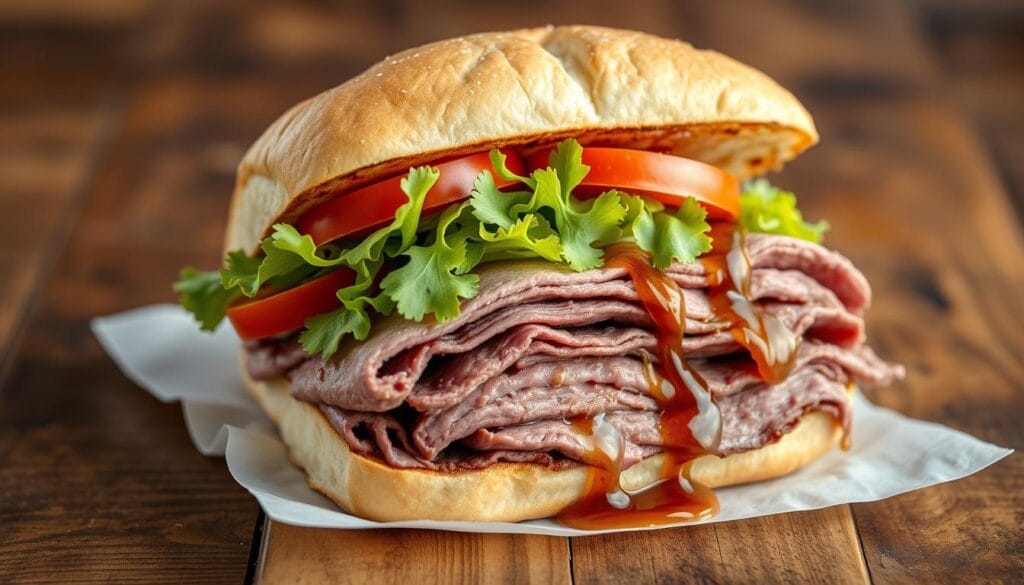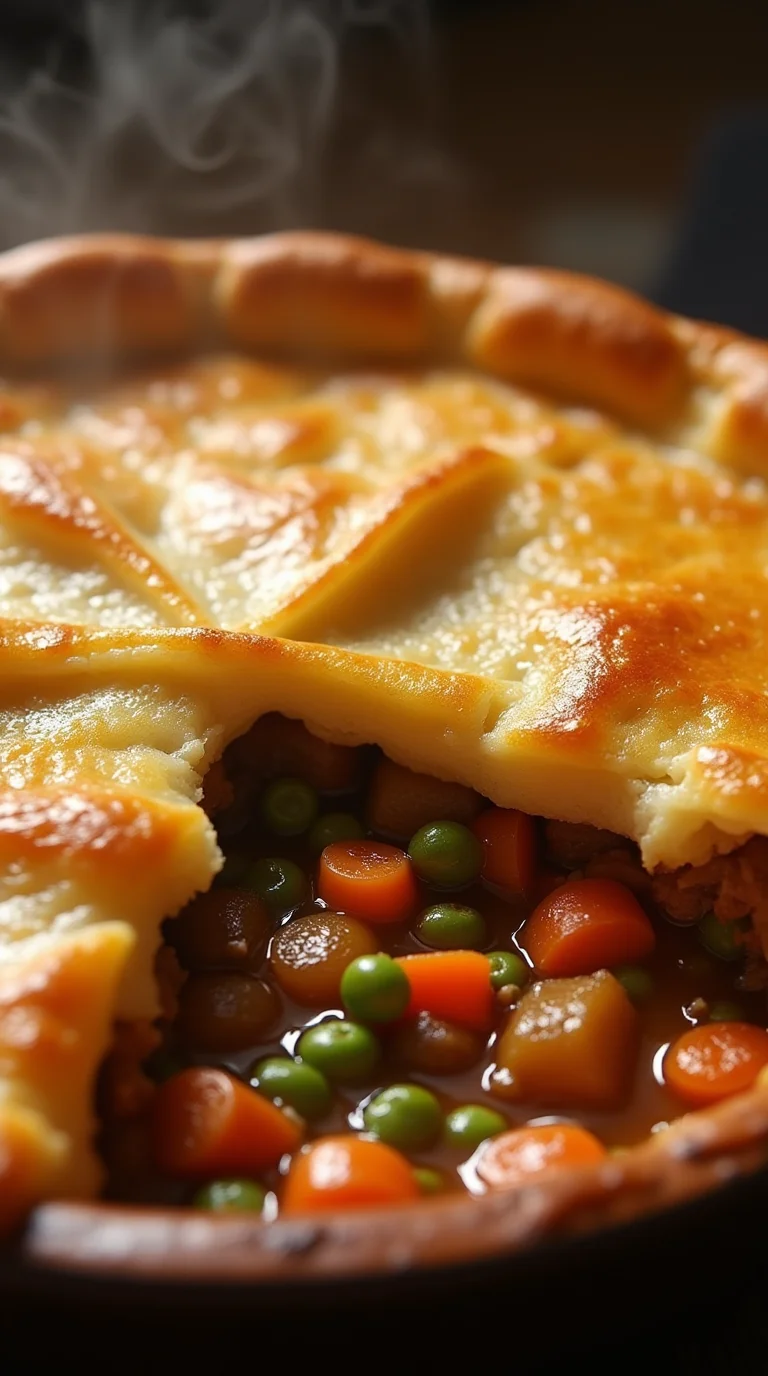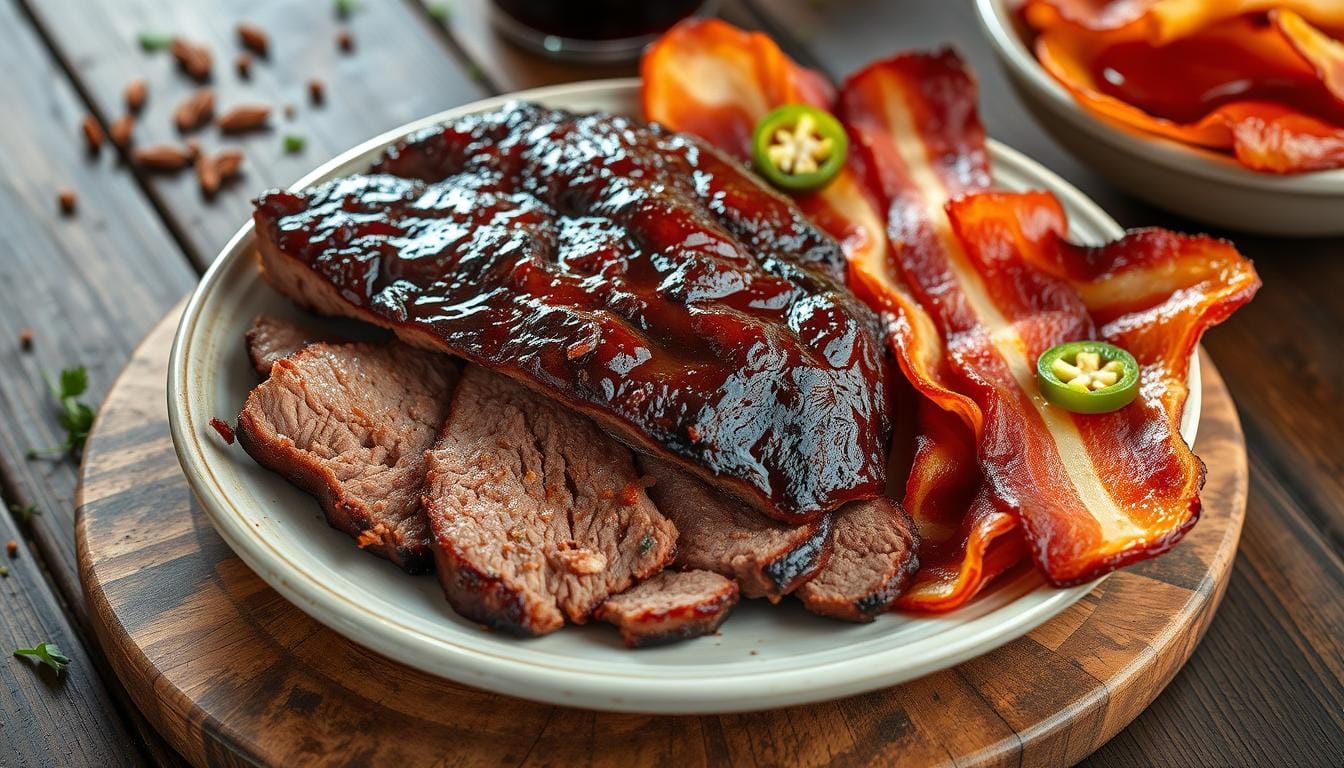Remember those nights? The ones filled with laughter, the clatter of forks, and the irresistible sizzle from a cast-iron skillet? For me, that sound is the soundtrack to a thousand happy memories. It’s the sound of a simple meal becoming something truly special—a fiesta on a plate. This isn’t just about a recipe; it’s about recreating that magic in your own kitchen.
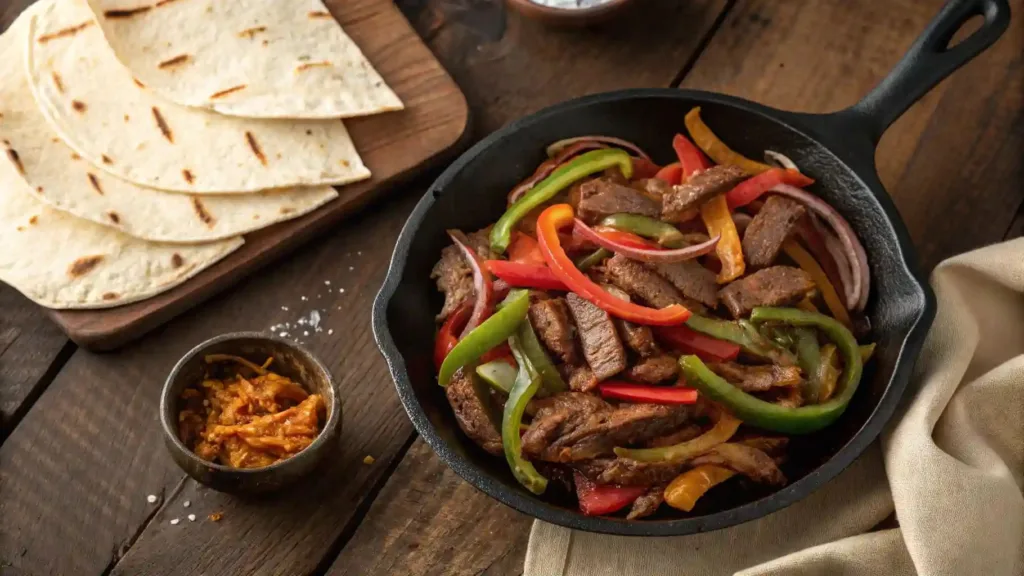
It’s about the joy of serving up a vibrant, fragrant skillet of beef fajitas and watching faces light up. This guide will walk you through every step, from selecting the perfect cut of beef to achieving that iconic, smoky char, so you can create your own delicious memories, one sizzling fajita at a time.
The Foundation: What Makes a Great Skillet Beef Fajita?
You’re about to embark on a culinary adventure that promises to be both exciting and incredibly satisfying. Before we dive into the specific steps, let’s understand the core elements that work together to create truly unforgettable skillet beef fajitas. It’s more than just throwing some ingredients into a pan; it’s a symphony of textures and flavors that harmonize perfectly.
At its heart, a great fajita is a simple masterpiece built on three pillars:
- Tender, thinly sliced beef: The star of the show. Your beef needs to be not just flavorful, but also incredibly tender, making each bite melt in your mouth. The cut you choose and how you prepare it are crucial.
- Vibrant, caramelized vegetables: The supporting cast. Thinly sliced bell peppers and onions, cooked until they’re sweet, smoky, and slightly charred, provide a delightful counterpoint to the rich beef.
- A potent, balanced marinade: The secret weapon. This isn’t just about adding flavor; the right marinade tenderizes the meat, ensuring that every bite is as delicious as the last.
But there’s a fourth, often-overlooked hero: the skillet itself. While you can technically make fajitas in any pan, a cast-iron skillet is the undisputed champion. Its ability to retain and distribute heat evenly is what creates that perfect, restaurant-quality sear and that legendary sizzling sound. It’s the difference between a good meal and a showstopper.
Selecting Your Star: The Best Beef for Skillet Fajitas
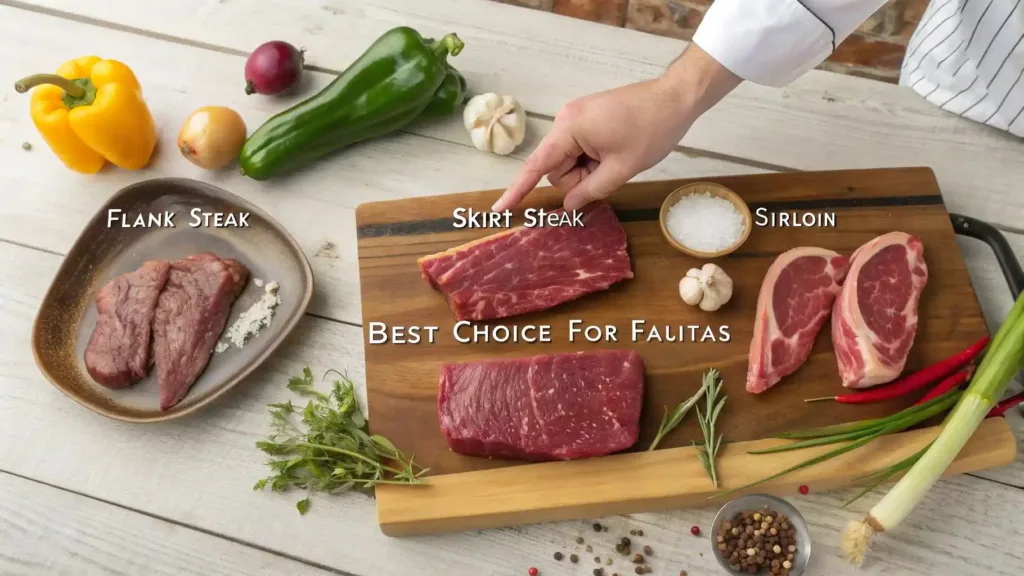
The quality of your skillet beef fajitas begins with your choice of meat. Don’t settle for just any cut. The goal is to find beef with a robust, beefy flavor that can stand up to a bold marinade and a quick, high-heat sear. Here are the top contenders and why they’re perfect for your fajita night:
- Flank Steak: This is the classic choice for a reason. Cut from the abdominal muscles of the cow, flank steak has a deep, savory flavor and a coarse, fibrous texture that readily soaks up a marinade. The key to making it tender is to slice it very thinly against the grain—that is, perpendicular to the long lines of muscle fiber you see running through the steak. This breaks down the fibers, making the cooked meat easy to chew.
- Skirt Steak: Considered by many to be the king of fajita cuts, skirt steak is even more flavorful than flank steak. It comes from the diaphragm muscle and has a rich, buttery taste. Like flank steak, it needs to be sliced against the grain to achieve maximum tenderness. There are two types: inside and outside skirt steak. While outside skirt is often favored by restaurants for its tenderness, inside skirt steak is more commonly found at your local butcher or grocery store and works wonderfully.
- Sirloin Steak: A fantastic, more affordable alternative, top sirloin is a leaner cut that still offers great flavor. It’s a bit more forgiving than flank or skirt steak if you’re worried about overcooking. For the best results, look for a cut with some marbling, and again, be sure to slice it thinly against the grain before you marinate and cook it.
No matter which cut you select, remember that a good relationship with your butcher can pay dividends. Don’t hesitate to ask them for their recommendation or to properly trim the meat for you.
Crafting the Flavor: The Ultimate Fajita Marinade
The magic of skillet beef fajitas truly comes to life with a great marinade. A well-balanced marinade does more than just add taste; the acidic components work to break down muscle fibers, ensuring your beef is fork-tender and flavorful. Forget about pre-packaged seasonings; making your own is simple and infinitely better.
Here’s a breakdown of the essential components for a knockout fajita marinade:
- The Acidic Base: This is your tenderizer. Freshly squeezed lime juice is the gold standard, providing a bright, zesty tang that cuts through the richness of the beef. Some people also enjoy a splash of orange juice for a hint of sweetness.
- The Fat: A quality oil, such as olive or avocado oil, is necessary to bind the ingredients and coat the beef. It helps to carry all the delicious flavors and contributes to the beautiful sear you’ll get in the skillet.
- The Spices: This is where you build the character of your fajitas. A robust blend of spices is what creates that classic Tex-Mex flavor profile. Your pantry probably already holds the keys to this treasure chest:
- Chili Powder: Provides a warm, earthy base.
- Cumin: The cornerstone of Tex-Mex cuisine, offering a smoky, nutty flavor.
- Smoked Paprika: Adds a deep, smoky undertone that evokes a grilled flavor, even when cooking indoors.
- Garlic Powder & Onion Powder: These staples provide depth and a savory foundation.
- Oregano: A pinch of dried oregano adds a subtle, herbaceous note.
- Cayenne Pepper (optional): For those who like a kick, a dash of cayenne will bring the heat.
A Simple Fajita Marinade Recipe:
Combine the following in a bowl or a resealable plastic bag:
- 1/4 cup olive oil
- 1/4 cup fresh lime juice (from about 2 limes)
- 1 tablespoon chili powder
- 2 teaspoons ground cumin
- 1 teaspoon smoked paprika
- 1 teaspoon salt
- 1/2 teaspoon black pepper
- 1/2 teaspoon garlic powder
- 1/2 teaspoon onion powder
After mixing your marinade, add your thinly sliced beef and ensure every piece is thoroughly coated. The optimal marinating time is between 2 to 4 hours, but if you’re short on time, even 30 minutes will make a difference. Avoid marinating for longer than 12 hours, as the acid can start to break down the meat too much, making it mushy.
The Sizzle Factor: Cooking Your Skillet Beef Fajitas to Perfection
The moment of truth has arrived. This is where you transform your prepared ingredients into a sizzling, fragrant masterpiece. The key to success here is heat, speed, and timing.
Preparing the Pan and Veggies
First, get your pan ready. A screaming-hot skillet is non-negotiable for achieving that iconic sear. Place your cast-iron skillet over high heat and let it preheat for several minutes. You want it hot enough that a drop of water sizzles and evaporates instantly.
While the pan heats, a light drizzle of high-smoke-point oil (like canola or avocado oil) is all you need. Add your sliced bell peppers and onions and let them cook, undisturbed, for a couple of minutes. This initial rest is what allows them to develop a beautiful char on the surface. Then, stir them and continue cooking until they are tender-crisp and have a deep, caramelized color. Transfer them to a plate and set them aside. They’ll be reunited with the beef shortly.
Cooking the Beef
Now, for the main event. Wipe your skillet clean with a paper towel if necessary and return it to high heat. Add another small amount of oil. This is a critical step: work in batches. If you pile all the beef into the skillet at once, it will steam instead of sear. You’ll end up with gray, tough beef instead of beautifully browned, tender strips.
Add a single layer of marinated beef strips to the pan. Listen for that satisfying sizzle! Cook the beef for just 1-2 minutes per side. Because the strips are thin, they cook incredibly fast. You’re aiming for a perfect medium-rare to medium doneness, which will keep them tender and juicy. Once cooked, remove the beef and let it rest on a cutting board for at least 5 minutes. This allows the juices to redistribute, guaranteeing every slice is succulent.
Assembly & Toppings: Completing Your Skillet Beef Fajitas Feast
With your perfectly seared beef and beautifully charred vegetables ready, it’s time to bring everything together. This is the part where you get to customize your creation and make it truly your own.
Warming the Tortillas
A fajita is not complete without a warm, pliable tortilla to wrap it all in. You have a few easy options:
- Skillet Method: The best way to do this is to place tortillas directly onto your hot, dry skillet for about 30 seconds per side until they’re soft and have a few toasted spots. Stack them and wrap them in a clean kitchen towel to keep them warm.
- Microwave Method: Wrap a stack of tortillas in a damp paper towel and microwave for 30-45 seconds.
- Oven Method: Wrap a stack of tortillas in aluminum foil and place them in a preheated oven at 350°F (175°C) for about 10 minutes.
Essential Toppings
The toppings are the final flourish, the crowning glory of your skillet beef fajitas. Set up a topping bar so everyone can build their perfect fajita. The classics include:
- Cool & Creamy: Sour cream or a Mexican crema to balance the heat.
- Fresh & Vibrant: Pico de gallo (a fresh salsa of chopped tomatoes, onions, cilantro, and jalapeño) or a simple, chunky salsa.
- Rich & Smooth: Guacamole or slices of fresh avocado.
- Cheesy: Shredded Monterey Jack or cheddar cheese.
- Herbal & Zesty: Fresh cilantro and a final squeeze of fresh lime juice.
FAQs about Skillet Beef Fajitas
Can I use chicken or shrimp instead of beef for this Skillet Beef Fajitas recipe?
Absolutely! While this guide is dedicated to skillet beef fajitas, the same principles apply to other proteins. The marinade and high-heat cooking method work wonderfully with thinly sliced chicken breast or plump shrimp. Just be sure to adjust your cooking times accordingly—shrimp, in particular, cooks in a flash!
How do I keep my fajitas from being watery?
This is a common issue, and the solution is all about technique. The key is to avoid overcrowding your skillet. When you pile too much food into the pan, the temperature drops, and the food steams in its own juices rather than searing. Cook the beef and the vegetables in separate, smaller batches to ensure you get that beautiful char and no excess moisture.
Is a cast-iron skillet necessary for good Skillet Beef Fajitas?
While not strictly required, a cast-iron skillet is highly recommended for achieving the best results. Its superior heat retention and even distribution are what create that perfect sizzle and caramelized crust on the beef and vegetables, mimicking the experience of a restaurant. If you don’t have one, a heavy-bottomed stainless steel or non-stick pan can work, but you’ll need to be mindful of the heat and work in smaller batches.
What kind of bell peppers are best?
A colorful mix of bell peppers (red, yellow, orange, and green) is ideal. They not only make your dish visually appealing but also offer slightly different flavors. Red, yellow, and orange peppers are sweeter, while green peppers have a more pungent, classic flavor. A combination gives you the best of all worlds.
Conclusion
There you have it—the complete roadmap to creating mouthwatering skillet beef fajitas that will transport you straight to a Tex-Mex cantina. From the perfect cut of beef to the final squeeze of lime, every step is a chance to infuse your meal with flavor and love. This isn’t just a recipe; it’s an experience. So, fire up that skillet, gather your loved ones, and get ready to create a meal that’s full of flavor, joy, and memories that will last long after the last sizzle fades. Enjoy your homemade skillet beef fajitas!
Call to Action:
Did this guide inspire your next dinner? We want to see your sizzling creations! Share a picture of your masterpiece in the comments below and tell us about your favorite topping combinations. Let’s start a fajita-making community!
